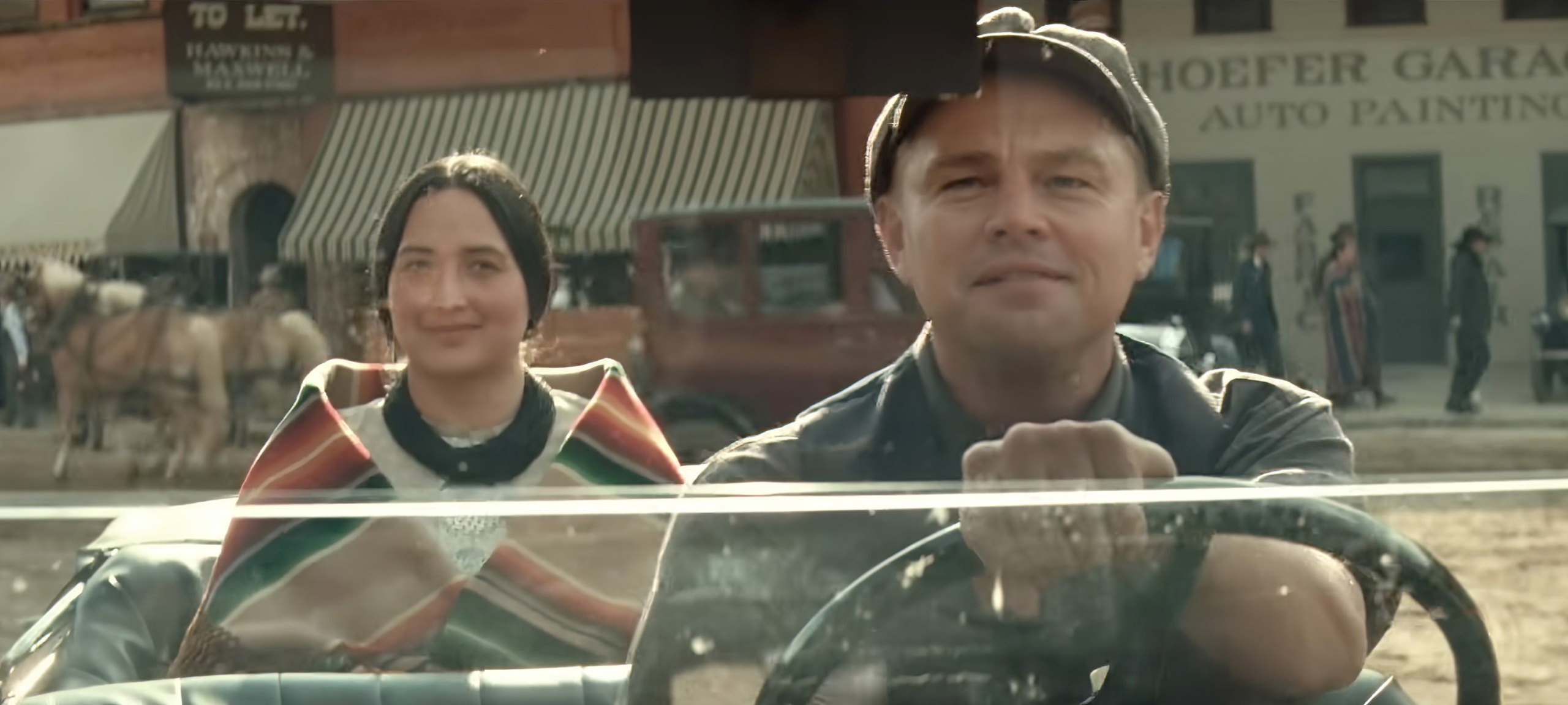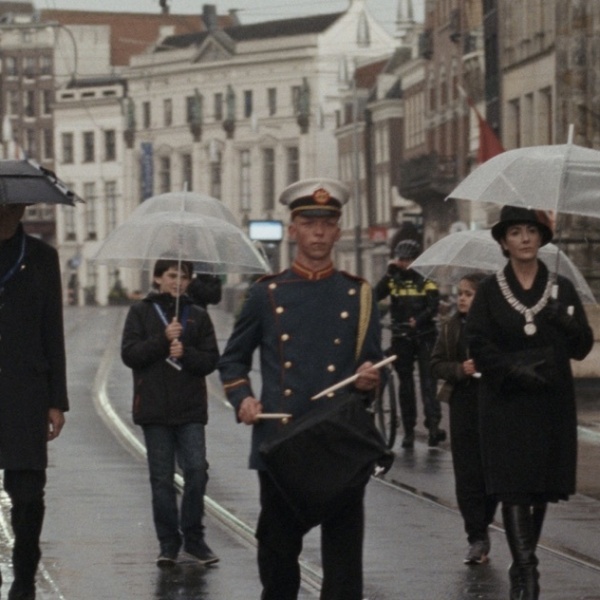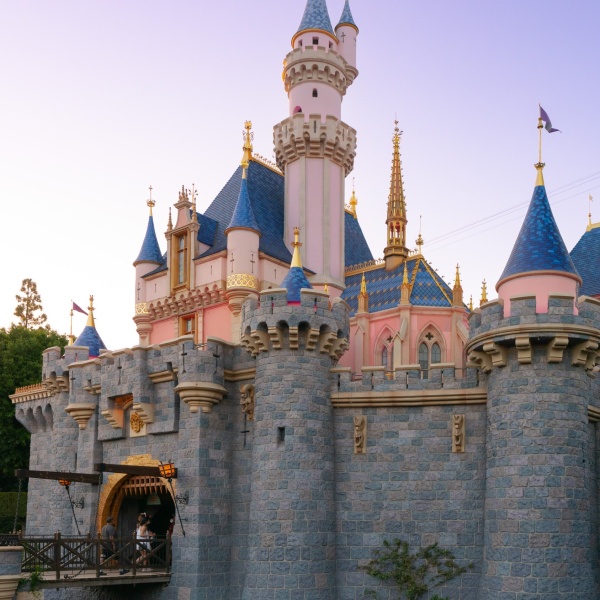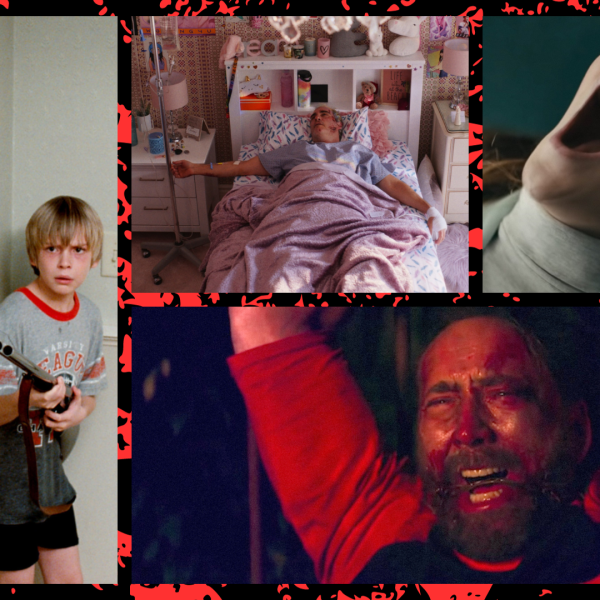When it comes to craft, we all know the Academy likes big, bold, and obvious uses of great artisans’ skill sets — but that doesn’t always mean it’s the best. With Oscar voting starting later this week, the IndieWire craft team looks at seven categories to see who is most likely to win and who we would pick if we had a vote.
The “Will Win” sections below are based on the latest predictions by IndieWire’s Bill Desowitz, the best craft and animation awards handicapper in the business. Make sure to follow Bill’s continued coverage of the craft Oscar races as guild awards continue to confirm or upset predictions.
Best Cinematography
Will Win: “Oppenheimer” (Hoyte van Hoytema)
“Oppenheimer” represents the culmination of van Hoytema’s IMAX collaboration with Christopher Nolan (“Tenet,” “Dunkirk,” “Interstellar”). The duo achieves an intimate spectacle with the psychological thriller about physicist J. Robert Oppenheimer (Cillian Murphy), the “father of the atomic bomb.” The cinematographer uses the large-format IMAX camera to explore the landscape of faces; namely, Oppenheimer’s in color from his perspective and antagonist Admiral Lewis Strauss’ (Robert Downey Jr.) in black-and-white from his.

Should Win: “Killers of the Flower Moon” (Rodrigo Prieto)
The image of van Hoytema, Prieto, Matthew Libatique (“Maestro”), Robbie Ryan (“Poor Things”), or Ed Lachman (“El Conde”) winning his first Oscar will put a huge smile on our faces. Collectively, their work has represented some of the most exciting, provocative, and striking imagery of the last two decades, and their 2023 efforts represent some of their best work.
Gun to our heads… Give it to Prieto, who emotionally tracks the Osage’s gut-wrenching journey by creating layers of distinct looks and making bold formal choices that organically evolve in Scorsese’s latest masterpiece. And heck, in a category this stacked, the totally irrelevant fact Prieto also shot “Barbie,” a strong cinematography contender for a nomination, might as well be a tie-breaker. —CO
Best Costume Design
Will Win: “Barbie” (Jacqueline Durran)
Similar to production design, this category appears to be a tight race between “Barbie” and “Poor Things,” with the slight edge going to nine-time nominee and two-time winner Durran for conveying Mattel’s fashion history and tailoring it to fit story arcs for Barbie (Margot Robbie) and Ken (Best Supporting Actor nominee Ryan Gosling).

Should Win: “Barbie” (Jacqueline Durran)
The answer is still “Barbie.” Yes, it came out back in July, and yes, people might feel that because more serious movies have entered the chat, they can make like Don Draper and tell the “Barbie” team to enjoy the $1.4 billion. But “Barbie” would not have become the phenomenon it was without the exact right shades of pink. It wouldn’t work without Jacqueline Durran’s designs, not only meticulously referencing actual Barbie clothes from across the decades but subtly softening and giving Barbie a shape as she becomes more human. Nothing will break if Ellen Mirojink’s sharp, revealing suiting in “Oppenheimer” wins, or if Jacqueline West’s meticulously constructed love letter to the Osage in “Killers of the Flower Moon” wins, or if Holly Waddington’s twisted anatomical fantasia in “Poor Things” wins, or if David Crossman and Janty Yates epic, empire-spanning work on “Napoleon” wins. But part of what makes Barbie everything is the outfits. –SS
Best Editing
Will Win: “Oppenheimer” (Jennifer Lame)
There are a number of factors working in the favor of “Oppenheimer” in this category: Its most formidable competitor, “Barbie” editor Nick Houy, didn’t get nominated; it’s a time-jumping film with a complex narrative structure that’ll likely win Best Picture; and the social media-friendly “Can you hear the music?” virtuoso montage sequence is more effective than any FYC campaign. Above all else, Nolan’s exploration of Oppenheimer’s internal conflict is told through juxtaposition (of format, color & black-and-white, and non-linear events) that is a showcase for Lame’s incredible talent and storytelling chops.

Should Win: “Oppenheimer” (Jennifer Lame)
We were prepared to tout Houy and Greta Gerwig’s collaboration, which was the unsung hero in the “Barbie” triumph, but we are thrilled to see Lame finally get her due. It’s absurd this is the “Oppenheimer” editor’s first nomination, as her more subtle work for directors Noah Bambach, Kenneth Lonergan, and Ari Aster went unrewarded by the Academy’s editing branch. As with all editors, it’s hard to decipher where Nolan’s vision ends and Lame’s execution begins, but “Oppenheimer” is a complex balancing act that transcended its complicated narrative structure to sweep a mainstream audience into a film that makes perfect emotional and psychological sense. —CO
Best Production Design
Will Win: “Poor Things” (Shona Heath, Szusza Mihalek, and James Price)
The race between “Poor Things” and Sarah Greenwood’s Barbie Land has been neck and neck, with the recent Art Directors Guild Awards giving Heath’s team a slight edge heading into Oscar voting.

Should Win: “Poor Things” (Shona Heath, Szusza Mihalek, and James Price)
There isn’t really a wrong choice for production design this year. But there is a movie among the nominees that asks the most of its production design in terms of creating a wholly unique perspective, and that movie is “Poor Things.” Shona Heath and James Price channel into their designs the vibrant colors and alluring artificiality of The Archers, a chaotic, throwback futurism that feels like the spiritual cousin to “Metropolis,” and a focus on bodies and physicality that is all Yorgos Lanthimos. If anything’s going to help you get past the, uh, complicated sexual awakening at the film’s core, it’s the fact that Heath and Price’s Lisbon looks amazing. The production design of “Poor Things” isn’t the only film this year with a bunch of delightfully grand builds that tell us something about the world, of course. Sarah Greenwood deserves all the credit for building actual “Barbie” dream houses (or, if you prefer, Mojo Dojo Casa Houses). But “Poor Things” gets a few extra points from us for being weirder, knottier, and just as enticing for its strangeness. –SS
Best Sound
Will Win: “Oppenheimer” (Willie Burton, Richard King, Kevin O’Connell, and Gary A. Rizzo)
Christopher Nolan is never subtle about his use of sound design, and the ink spilled over the Trinity test alone should carry King and team to the Kodak stage on Oscar night. The odds of it winning got a big boost from the guilds, with three nominations (ADR, Effects/Foley, and Music Editing) from the Motion Picture Sound Editors (MPSE), while the sound mixers in the Cinema Audio Society (CAS) nominating it for its top Motion Pictures – Live Action prize.

Should Win: “The Zone of Interest” (Johnnie Burn, Tarn Willers)
One of the most brilliant and perfectly executed uses of sound in modern movies. While director Jonathan Glazer’s camera stays grounded in the domestic tranquility of the Höss family, an entirely separate movie about the Auschwitz concentration camp (just on the other side of the family’s backyard wall) exists in the soundtrack. Capturing the camps in documentary-like detail, Burn and Glazer find a sonic balance of never allowing us to become numb to the horror’s near-constant presence but still engaging fully in the visual story in the foreground. It’s an ambitious formal concept dependent on the same mastery of craft Burn demonstrated in 2022’s criminally overlooked “Nope.” —CO
Best Score
Will Win: “Oppenheimer” (Ludwig Göransson)
Göransson would appear to have a slight edge over the sentimental favorite, Robbie Robertson, who passed away right before “Killers of the Flower Moon” hit theaters.

Should Win: “Killers of the Flower Moon” (Robbie Robertson)
“Killers of the Flower Moon” represents the culmination of Robbie Robertson and Martin Scorsese‘s 47-year collaboration that began with “The Last Waltz” and yielded masterpieces like “Raging Bull,” “The Wolf of Wall Street,” and “Silence.” The score exhibits the passion, variety, and depth of expression familiar from Robertson’s compositions in Scorsese films like “The Color of Money” and “The Irishman” but points in new directions. Drawing on his Mohawk and Cayuga heritage, Robertson crafts themes based in indigenous musical traditions and then seamlessly integrates his rock and roll sensibility into the compositions, creating a score that’s both beautiful and propulsive. “Killers of the Flower Moon” feels far shorter than its 206-minute running time, and one of the reasons is the energy Robertson’s unifying music brings to the piece, tying the various narrative strands together and giving them an added layer of emotional depth. —JH
Best Visual Effects
Will Win: “The Creator” (Jay Cooper, Ian Comley, Andrew Roberts, and Neil Corbould)
“The Creator” led the Visual Effect Society Awards with seven nominations, including photoreal feature, but this is a competitive category, with all five nominees having performed well at the Academy Museum VFX bakeoff on January 13.
Should Win: “Godzilla Minus One” (Takashi Yamazaki, Kiyoko Shibuya, Masaki Takahashi, and Tatsuji Nojima)
When “Godzilla Minus One” writer, director, and visual effects supervisor Takashi Yamazaki was nominated for an Academy Award for visual effects this year, he became the first director to be nominated in that category since Stanley Kubrick for “2001: A Space Odyssey.” Kubrick won that year — the only Oscar ever awarded to the legendary director — and Yamazaki’s extraordinary work on “Godzilla Minus One” makes it seem likely that he could follow in Kubrick’s footsteps. The film is filled with awe-inspiring images, particularly when it comes to Yamazaki’s conception and execution of his famous title character; the rich texture, detail, and weight he brings to the creature make Godzilla the most convincing and terrifying monster of its type since the dinosaurs in “Jurassic Park.” Even more impressive is that this exceptional monster and its surrounding destruction were all achieved on a production budget (reportedly $15 million) far, far lower than any of the other films in this category. —JH







